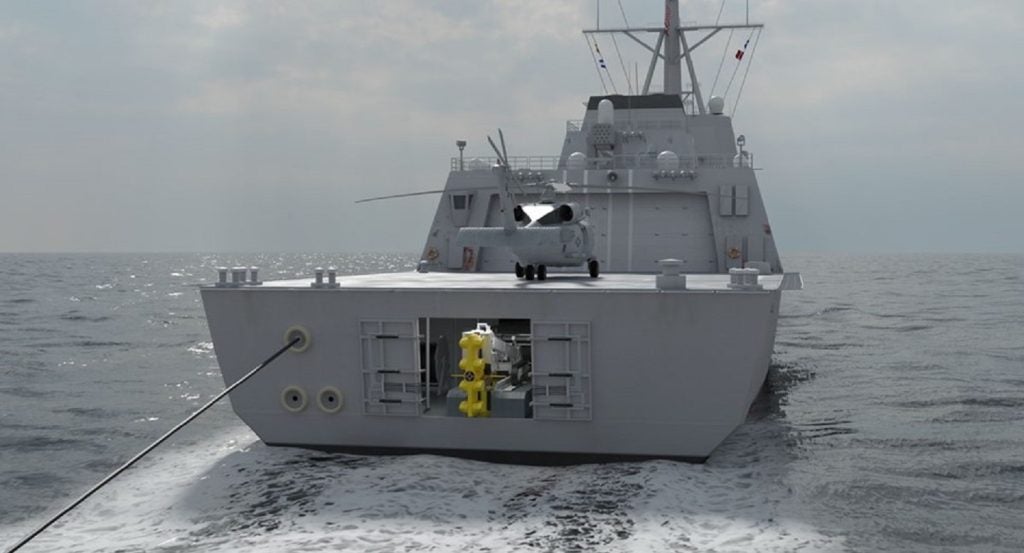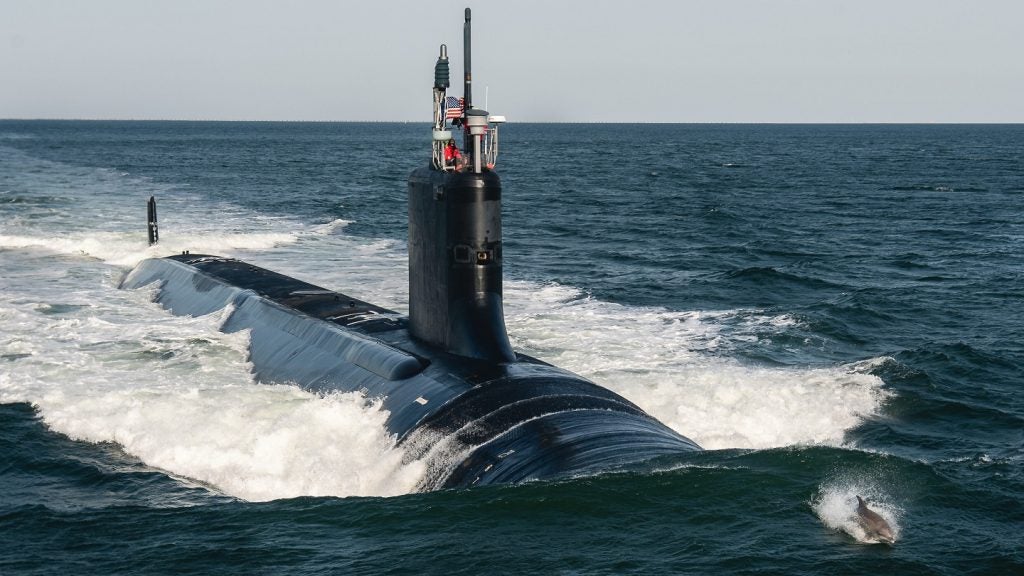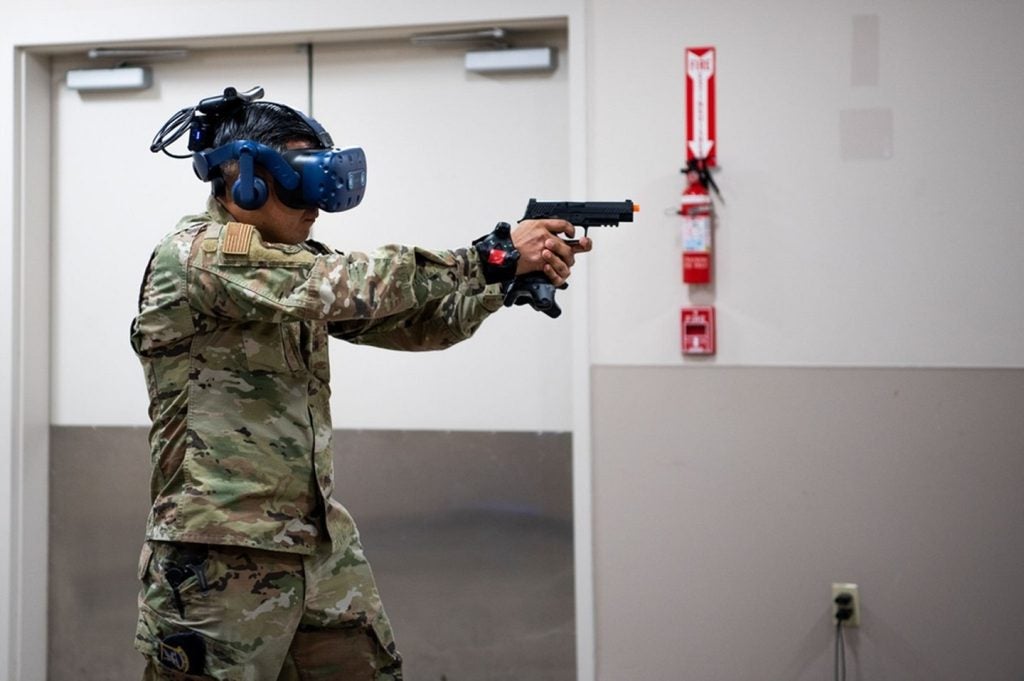Advanced Acoustic Concepts (AAC), an undersea warfare solutions provider and Thales subsidiary, have revealed that its first CAPTAS 4 sonar system, also known as ‘Sonar 2087’, was delivered to the US Navy to be used on USS Constellation (FFG 62), the first of the new multi-mission frigates.
USS Constellation is scheduled to be delivered in 2026 and is expected to achieve initial operational capability by 2030 as the first of 20 vessels in the class due to be constructed.
Under a wider project to construct the Constellation-class, awarded to Fincantieri Marinette Marine two years ago, ACC was subcontracted to deliver two of its low-frequency, towed-array sonar systems.
This system of hydrophones, which consists of both active and passive sonar arrays, will trail behind the vessel beneath the surface. While the Navy only ordered two systems, Thales says there is an option to acquire eight more.
It has been tested under a wide range of operational conditions for instance by the British Type-23 and Type-26 frigates, French and Italian FREMM frigates.
The parent company revealed in late February 2024 that ACC delivered the first CAPTAS 4 system to the Navy four months ago, “ahead of contractual milestones while under very aggressive time constraints.”
A Constellation-class frigate will carry out multiple missions, including anti-air warfare, anti-submarine (ASW)warfare, anti-surface warfare, and electronic warfare. It can operate independently or as a part of a strike group. It is designed to perform operations in both coastal and open seas environments.
It will have a length of 151.8 metres (m), a beam of 19.81m, and a draft of 7.01m. The displacement of the vessel will be approximately 7,500 tonnes. It will have the capacity to accommodate more than 200 personnel.
Growing for sonar production capacity
According to the leading intelligence consultancy, GlobalData, the underwater warfare systems market, was valued at $4.9bn in 2022 and is projected to grow at a CAGR of 3.41% over the forecast period. The company expected the market value to reach $6.8bn by 2032 and cumulatively value $64.9bn over the forecast period.
Since then, however, the Russia-Ukraine war has demonstrated the proliferation of drones, in the air as well as surface systems. This has even led the Australian Government to restructure its naval force, integrating Aegis combat systems onto its Hobart-class anti-ship destroyers.
Despite this priority pivot, undersea warfare remains a formidable threat, particularly as nations contend sovereignty across the vast maritime space of the Indo-Pacific theatre.
Anticipating their product’s worth, in April this year, Thales added that AAC will complete construction on a new CAPTAS production facility located at their current site near Uniontown, Pennsylvania. This is where final assembly, integration and acceptance testing will occur for shipsets two through 10.











